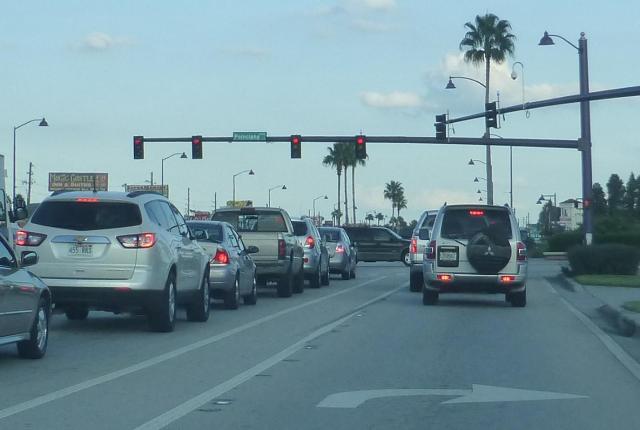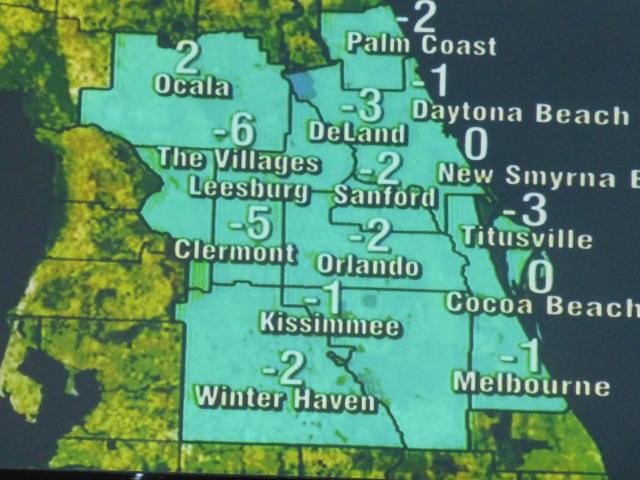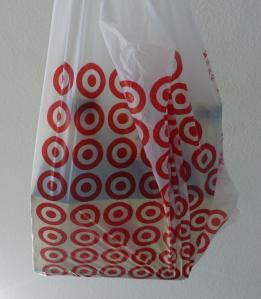
I’ve just got back from America, and because I don’t have the ability to switch off the systems thinking part of my brain, I kept noticing ‘systemsy’ stuff whilst I was there, so I thought I’d share a few observations with you. Enjoy.
Border Control and Customs
Suggestion – One guy to process 240 passengers is not a good example of designing the front end of the system to handle predictable demand. Whilst it was good to see the baggage-handling system was so effective we could watch our bags going round and round the carousel on the other side of the empty border control kiosks, there is no point optimising that part of the overall system when passengers trickle through the bottleneck to collect their bags an age later.
And why there has to be another solitary customs guy on another desk who asks you the same questions and checks your passport again once you have collected your luggage (within sight of the first guy), I’ll never know.
Mind you, at the UK end on the way back we whizzed through border checks, then spent just short of an hour waiting for bags…
Shopping
 This is a Walmart carrier bag. As you can see, their bags are so flimsy that if you do anything stupid (like put your groceries in them), they tend to split. The staff know this, so they double bag everything. Result? Walmart probably think they’re saving money by using cheap carrier bags; in actual fact, they’re having to use twice as many.
This is a Walmart carrier bag. As you can see, their bags are so flimsy that if you do anything stupid (like put your groceries in them), they tend to split. The staff know this, so they double bag everything. Result? Walmart probably think they’re saving money by using cheap carrier bags; in actual fact, they’re having to use twice as many.
*False economy alert!*
If they spent just a fraction of a decimal of a cent extra producing slightly stronger bags, they’d have bags that are fit for purpose and customers would only need to use one bag per bagful of shopping, instead of two. This would save you money, Walmart.
Right Move

One thing I thought was cool was that the Americans have a rule where you can turn right at a junction even if the lights are on red. (Don’t try this in the UK folks – a) because there’s no provision under road traffic laws to do so, and b) because turning right in a country where we drive on the left would mean crossing a lane of traffic).
I think it’s a great idea because essentially you get to treat the red light as a ‘give way’ junction (or ‘yield’ as they say in the States), and can continue with your journey if there is no traffic approaching from the left. It’s great because it removes an unnecessary delay – the system can absorb demand more effectively whilst reducing unnecessary queuing, i.e. waste. How annoying is it to sit at a red light when there’s nothing coming? Mind you, this method relies on trusting the driver intending to turn right to exercise a bit of personal responsibility, and not everyone I know could live with that.
Funds
One trick I learnt about managing funds is not to break down the overall budget to a daily average then worry about if it goes slightly over sometimes. (E.g. “Oh no, I’ve spent $115 dollars today; that means I only have $85 for tomorrow!”) As long as you keep an eye on the total amount available over the whole time period, unless you totally lose control and buy too many souvenirs, it tends to balance out. Variation, of course.

This principle works away from the holiday setting too. Strict monthly, quarterly, or yearly budget cycles cause problems of going ‘overspent’ at the end of a given period (even though you weren’t frivolous), resulting in the temptation to hold back part of the budget ‘just in case’. This causes untold worry, gaming and bumps in resource allocation, and is why your organisation buys lots of new furniture in March. Read the economic literature – it’s fascinating! Zzzzz…
Food for Thought
One night I experienced the rare combination of great food / great beer / great system whilst eating here. Being a complete systems saddo I was fascinated by how efficient and seamless their system was, as I sat stuffing my face.
Purpose – remember? Well, I guess the purpose (from the customers’ perspective) here is to have a great dining experience. This would include:
- Not having to wait too long for a table.
- Prompt and friendly service.
- Good quality food and drink.
- Pleasant surroundings.
- Fair price.
- Not being rushed.
Well that works for me, anyway, and I have to say this place ticked all the boxes.
Another evening, I went to this very cool place:

Again, excellent food, drink and service. I asked about whether the staff had any targets and was pleased to be told a definite ‘no’. Instead, what they worked towards were non-numerical objectives clearly linked to purpose, such as:
- Ensure the food and drink is the best it can be.
- Clear away plates quickly when the customer has finished eating. (Note, ‘quickly’ – not ‘within 5 minutes 90% of the time’, or whatever).
- Always focus on the customers’ needs – e.g. basic stuff, for example when someone has ribs they will probably require an extra plate and napkins.
There were no incentives to rush customers through the system and no incentives to push particular products either. I like that.
More Binary Comparisons than Yesterday
The weather reports struck me because they were littered with binary comparisons. Weather presenters became excited when the temperature was due to be above average, and totally despondent when it was about to dip below average. Oddly enough, each occurred about half the time whilst I was there. Who’d have thought? Funniest of all was the daily screen that compared today’s temperature with yesterday’s…

Oh no! A fluctuation of 1 degree Fahrenheit in Kissimmee!
Oh well…
Queuing Theory*
“Wait your turn”.
Simple, isn’t it? Well, you’d think so, and not just because the Brits are apparently avid believers in queuing for things. It just seems right and fair.
Now, I’m not saying for a minute this is an American problem by any stretch of the imagination; just that during the last couple of weeks I’ve witnessed some pretty selfish, rude and arrogant behaviour. For example:
- Lots of queue-jumping (the most annoying technique was to send a young child racing ahead as a queue begins to form, then lo-and-behold, the other eight members of the party push through to join their offspring). Class.
- Parking wars over that solitary space in the parking lot. Two cars into one space just won’t go, guys. Nice stunt driving though.
- The man who pushed through the door at the shopping mall, letting it slam on the woman with the push chair. Yeah, he got called a jackass, and thoroughly deserved it too.
- And then there was my favourite…

This is a food court. Notice anything unusual about it?
Answer: Not many people have got food.
No, they’re doing this. Hogging empty tables whilst their family members queue for food (although they’ve probably pushed in as well). It winds me up so much.
Yes, YOU in the yellow T-shirt! Be ashamed. You can’t hide your face from the TRUTH!
Facepalm, indeed.
Finally…Targets!
One afternoon I found this shop:

Arrrghhh!!

#OperationFacePalm
 Mind you, their carrier bags are much sturdier than Walmart’s. They achieve their purpose of not splitting apart the moment an ounce of strain is placed upon them, which has to be good news for my beer.
Mind you, their carrier bags are much sturdier than Walmart’s. They achieve their purpose of not splitting apart the moment an ounce of strain is placed upon them, which has to be good news for my beer.
Oh, and they sell some pretty cool ingredients for my Mexican cooking exploits. So there’s one target that doesn’t necessarily cause dysfunctional behaviour…
😉


Pingback: My Trip to America – A Systems Thinker&rs...
Re: the right turn thing. New Zealanders, who drive on the left, have their own version in urban areas.
In the photo accompanying your point, note that there are no pavements. The USA right turn provision is designed for motorists; motoring efficiency has been optimised by removing problem road users. The NZ left turn provision is found on streets where there are shops, pavements, pedestrians and cyclists. Consequently traffic light sequences are different, to accommodate all users, and NZ motorists et al are better tuned to unexpected circumstances.
I do not disregard the concept of turning left under “flashing amber lights” which makes sense out of town. Assuming, of course, that flashing amber means that drivers act with caution. I’m just a bit wary that a privilege might become interpreted as a right.
By the way, thanks for a thoughtful blog.